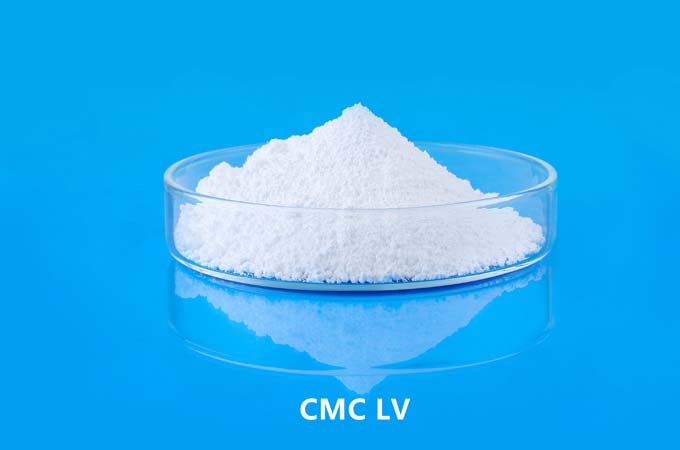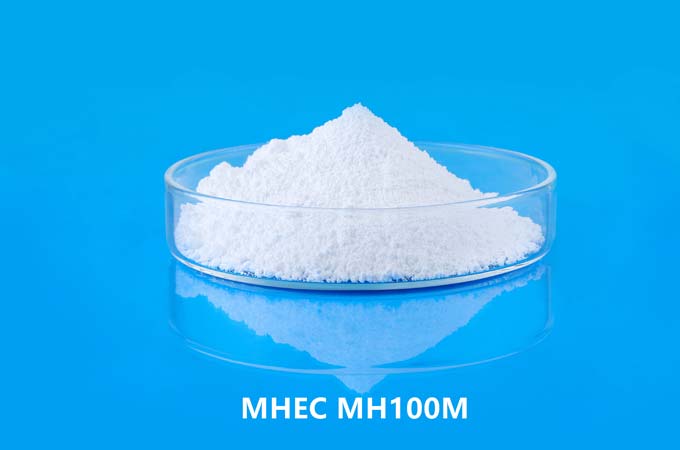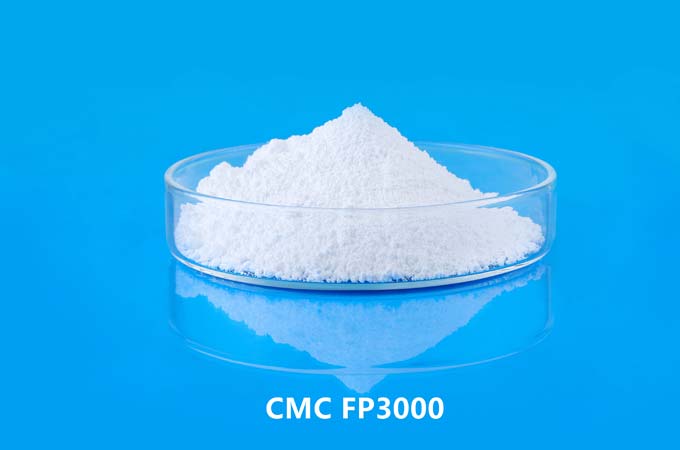Hydroxypropyl methylcellulose (HPMC) is a versatile polymer widely used in construction for its ability to improve crack repair systems.
Introduction to Hydroxypropyl Methylcellulose (HPMC):
HPMC is a cellulose ether derived from natural fibers like wood or cotton. It's synthesized through the reaction of propylene oxide with methyl cellulose. This process results in a compound with unique properties suitable for various applications in construction.
Role in Crack Repair Systems:
Enhanced Adhesion: HPMC acts as a binder in crack repair systems, improving adhesion between the repair material and the substrate. Its chemical structure allows it to form strong bonds with both organic and inorganic surfaces, promoting cohesion and reducing the risk of delamination.
Water Retention: One of the significant challenges in crack repair is maintaining adequate moisture for proper curing. HPMC has excellent water retention properties, which help to keep the repair material hydrated during the curing process. This prolonged hydration enhances the strength and durability of the repair.
Reduced Shrinkage: Shrinkage during curing can lead to cracks forming in the repair material itself. HPMC mitigates this issue by controlling the rate of water evaporation, thus minimizing shrinkage and the likelihood of secondary cracks.
Improved Workability: The addition of HPMC improves the workability of repair mortars and pastes. It acts as a rheology modifier, adjusting the viscosity and flow properties of the mix. This enhanced workability facilitates easier application and better compaction, ensuring proper filling of cracks and voids.
Enhanced Durability: Crack repair systems reinforced with HPMC exhibit improved durability and resistance to environmental factors such as freeze-thaw cycles, chemical exposure, and abrasion. The polymer forms a protective barrier around the repair material, shielding it from moisture ingress and mechanical damage.
Compatibility with Additives: HPMC is compatible with various additives commonly used in construction, such as accelerators, retarders, and air-entraining agents. This compatibility allows for the formulation of custom crack repair systems tailored to specific project requirements and environmental conditions.
Environmental Friendliness: HPMC is non-toxic and environmentally friendly, making it a preferred choice for sustainable construction practices. Its biodegradability ensures minimal impact on the surrounding ecosystem, aligning with modern construction trends focused on sustainability and eco-consciousness.
Hydroxypropyl Methylcellulose (HPMC) plays a crucial role in enhancing crack repair systems in construction. Its unique properties contribute to improved adhesion, water retention, reduced shrinkage, enhanced workability, durability, compatibility, and environmental friendliness. By incorporating HPMC into crack repair formulations, construction professionals can achieve more effective and long-lasting repairs, ensuring the structural integrity and longevity of buildings and infrastructure.
 English
English 日本語
日本語 français
français Deutsch
Deutsch Español
Español italiano
italiano русский
русский português
português العربية
العربية Türkçe
Türkçe Nederland
Nederland



